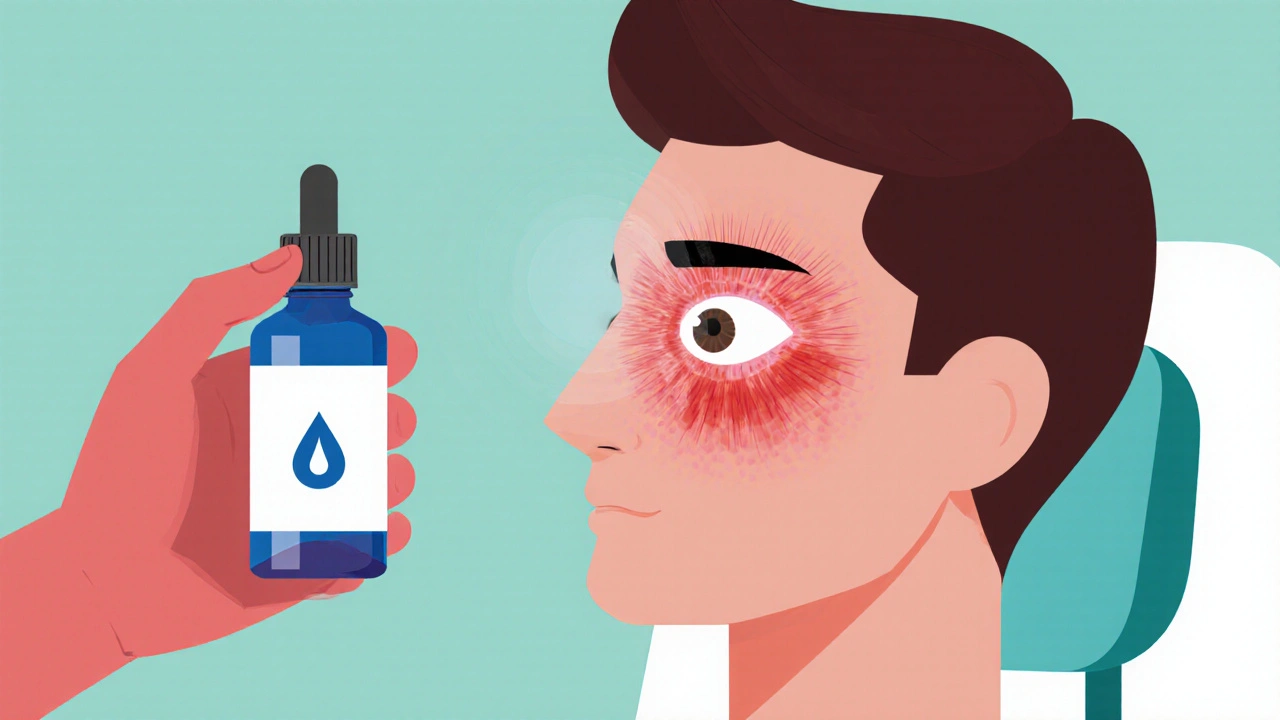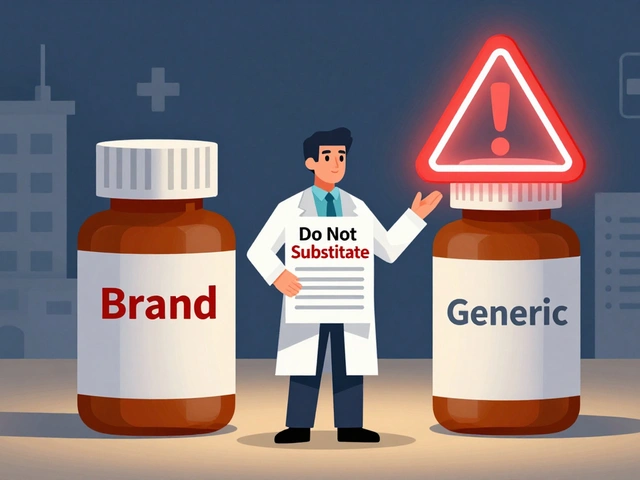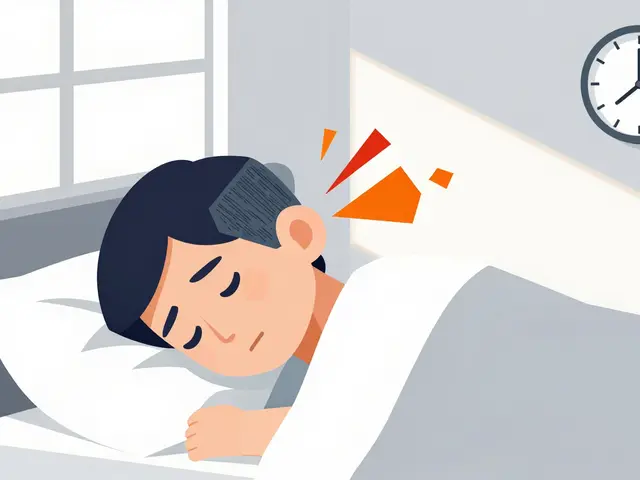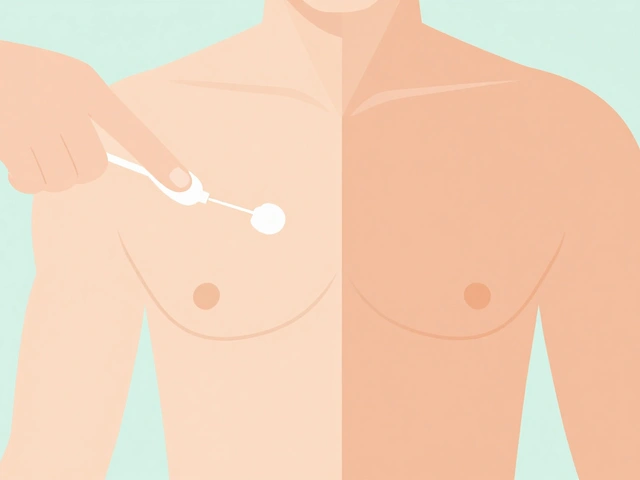Corticosteroid Eye Drops: What They Are, How They Work, and What You Need to Know
When your eyes are red, swollen, or burning from allergies, infections, or autoimmune reactions, corticosteroid eye drops, a type of prescription medication that reduces inflammation in the eye by suppressing the immune response. Also known as steroid eye drops, they’re one of the most effective tools doctors use to calm down severe eye irritation quickly. Unlike regular lubricating drops that just moisten the surface, these work at the source—slowing down the body’s overactive reaction that causes pain, redness, and vision blur.
They’re not for every kind of eye problem. You won’t use them for a simple cold or minor scratch. But if you have uveitis, allergic conjunctivitis, or inflammation after eye surgery, corticosteroid eye drops can make a real difference. They’re often prescribed when other treatments like antihistamine drops don’t cut it. The key is using them exactly as directed—too long or too often, and they can raise eye pressure, cause cataracts, or even trigger infections. That’s why they’re always a short-term fix, not a daily solution.
Related to this are ocular steroids, the broader category of steroid medications used inside or around the eye, including injections and oral forms. While eye drops are the most common, some cases need stronger delivery. And then there’s eye inflammation, the core condition these drops treat, which can come from autoimmune disorders, trauma, or even prolonged screen use. Understanding what’s causing your inflammation helps you know why your doctor chose corticosteroid eye drops over other options.
Some people worry about side effects. That’s fair. But when used correctly under medical supervision, the benefits outweigh the risks. Most patients notice relief within days. What’s more, many of the posts here show how people manage the balance—using these drops only when needed, pairing them with proper hygiene, and knowing when to stop. You’ll find real stories about switching from one brand to another, dealing with rebound redness, and how to talk to your doctor about tapering off safely.
You won’t find magic fixes here. But you will find clear, no-fluff advice on how corticosteroid eye drops actually work in real lives—not just textbook cases. Whether you’re new to this treatment or been using it for months, the guides below cover what works, what doesn’t, and what most people miss when they’re in a hurry to feel better.
Learn how corticosteroid eye drops control post‑surgery inflammation, compare them to NSAIDs, manage side effects like pressure spikes, and follow best dosing tips.
Continue reading...






